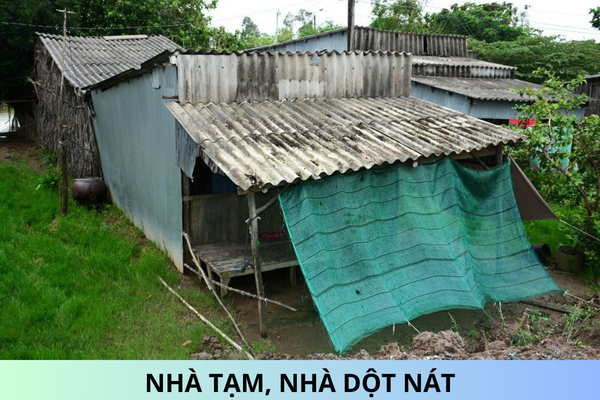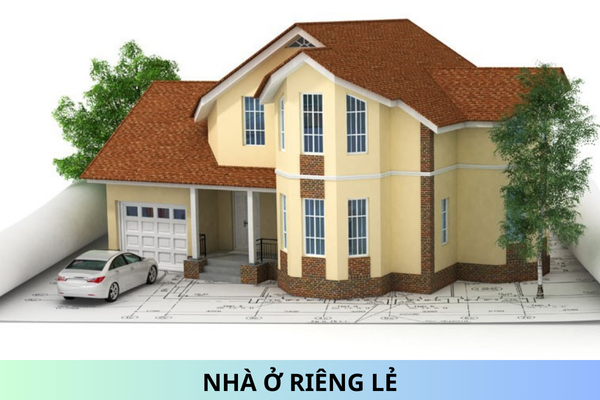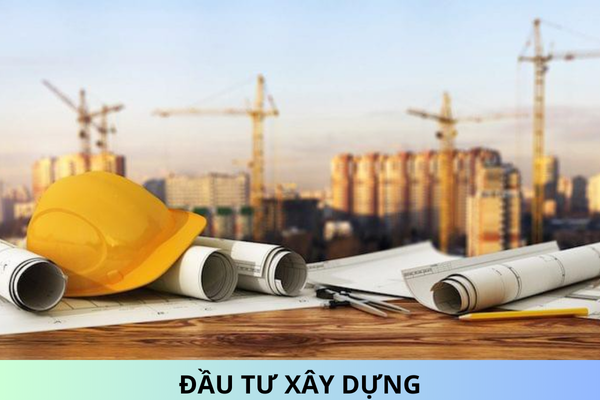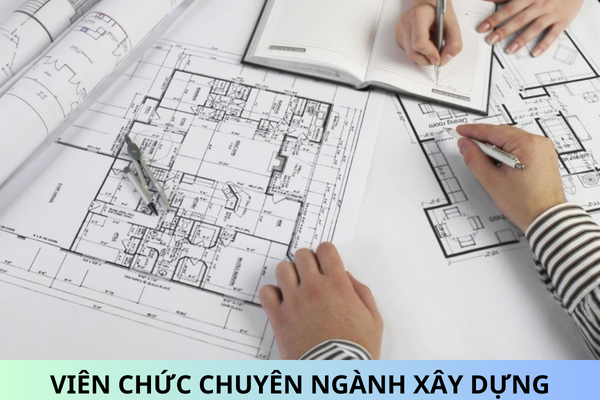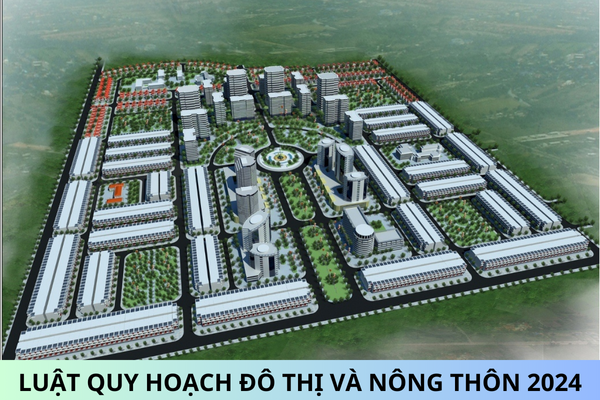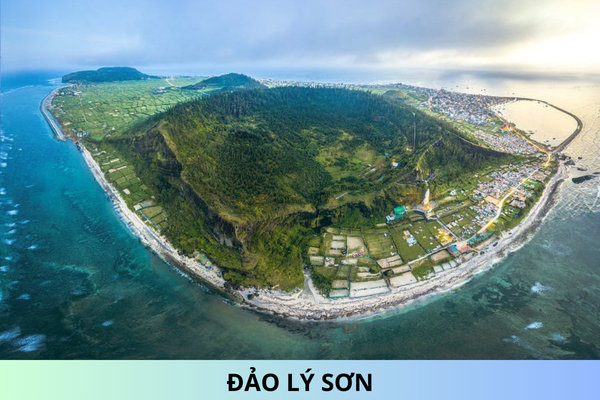What are regulations on stopping construction to ensure safety at construction sites in Vietnam?
What are regulations on stopping construction to ensure safety at construction sites in Vietnam? What are general regulations on scaffolding and ladders in ensuring safety at construction sites in Vietnam?
Please advise.
What are regulations on stopping construction to ensure safety at construction sites in Vietnam?
In Section 2.1.12 Sub-section 2.1 Section 2 promulgated together with the National technical regulation on safety in construction QCVN 18:2021/BXD promulgated together with Circular 16/2021/TT-BXD on stopping construction to ensure safety at construction sites as follows:
2.1.12.1 Before stopping construction, the provisions of 2.1.11.1 and the following regulations must be complied with:
a) Disconnect all unnecessary supply sources such as electricity, gas, water, compressed air and other fuels to supply: Electrical conductors, electrical equipment, electrical system; construction machinery and equipment in the construction site, on the construction site;
NOTE 1 The process of discontinuing use of construction machinery and equipment must be carried out in accordance with the manufacturer's instructions and relevant regulations stated in this regulation.
Note 2 to entry: For tower cranes, if the construction stoppage time is greater than the period of periodic safety inspection or 12 months, the tower crane must be dismantled or lowered to the self-standing height and must be completely safe. The tower crane set is located in the construction site barrier.
b) Support and shield construction areas at risk of collapse or damage when impacted by natural disasters or dangerous and extreme weather conditions;
c) Perform anti-intrusion protection work as prescribed in 2.1.7.
2.1.12.2 Before re-construction, the contractor is responsible for inspecting and assessing unsafe risks on the construction site (such as subsidence, landslide, ground subsidence, excavation pit, line breakdown, etc.) electrical conductors, electrical equipment, electrical systems and other dangerous factors), condition of scaffolding, urban infrastructure, structural safety as prescribed at point a of 2.1.6.1, condition of suspended objects (or anchors) on the works and other work items mentioned in 2.1.11.1.
2.1.12.3 Employees are only allowed to continue working after the contractor confirms in writing that they are eligible for ensuring safety to work.
What are general regulations on scaffolding and ladders in ensuring safety at construction sites in Vietnam?
In Section 2.2.1 Subsection 2.2 Section 2 promulgated together with the National technical regulation on safety in construction QCVN 18:2021/BXD promulgated together with Circular 16/2021/TT-BXD, general regulations on scaffolding and ladders in ensuring safety at construction sites as follows:
2.2.1.1 At locations and areas on the construction site or construction site where there is a risk that workers will slip or fall when performing work (such as when working at height, on the floor or under deep pits, outside surface) construction, moving between floors, going up and down slopes), the employer must arrange scaffolding and (or) ladders, ramps, other means; at the same time, there must be regulations on management, use and regular inspection and maintenance to ensure safety for employees.
2.2.1.2 Scaffolding must ensure safe access for workers by using means such as ladders (steps, climbing ladders) or ramps. Ladders and ramps must be firm and not move.
2.2.1.3 Ladders, scaffolding components and scaffolding must be designed, manufactured, erected, used, inspected and maintained in accordance with applicable standards and manufacturer's instructions.
2.2.1.4 For scaffolding with a height of 28 m or more, the contractor can design it by himself if he/she has experience in performing similar jobs or select an appropriate organization or individual to design the structure.
NOTE: Scaffolding height is calculated from the platform supporting the foot of the scaffold to the top of the scaffold (the supporting foundation can be the ground or the supporting structure).
2.2.1.5 Scaffolding and its parts must :
a) Designed to prevent hazardous elements to workers during installation and dismantling; parts such as safety railings, working platforms, anchor bars, struts, crossbars, ladders, ramps and other means or protective devices can be easily installed and combined; requirements and conditions to prevent scaffolding from collapsing or being displaced or displaced must be clearly specified;
b) Made from materials and products that ensure quality and are suitable for use purposes; have all the necessary sizes and ensure the quality according to the requirements of use;
c) Maintained according to regulations.
2.2.1.6 For scaffolds, ladders and their parts made of non-standard (such as wood, bamboo) materials, structures, and products, the employer is responsible for making records (which must include at least an erection diagram, structure of main parts and details), measures and order of erection; after erecting this type of scaffolding in position, the rigidity and stability of the scaffolding and its connection details must be checked; The load capacity shall be tested according to the requirements of use with the overload factor of the test load not less than 4 (four). The test shall be supervised and verified by an authorized person.
Note 1 to entry: The authorized person is the construction supervisor of the investor (or EPC general contractor).
Note 2 to entry: For other requirements for scaffolds, ladders and other components made of non -metallic, non-standard materials see 2.2.2, 2.2.3, 2.2.4, 2.2.5, 2.2.7 and 2.2.8.
Best Regards!
